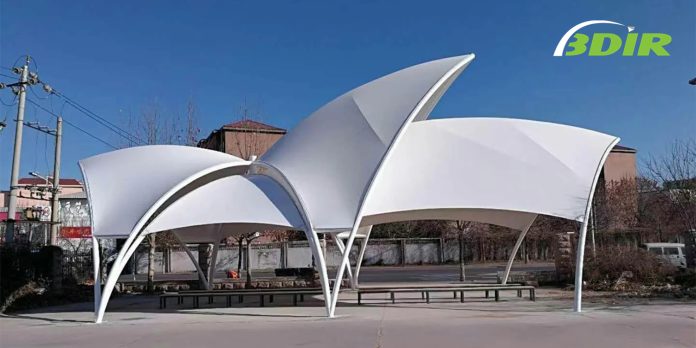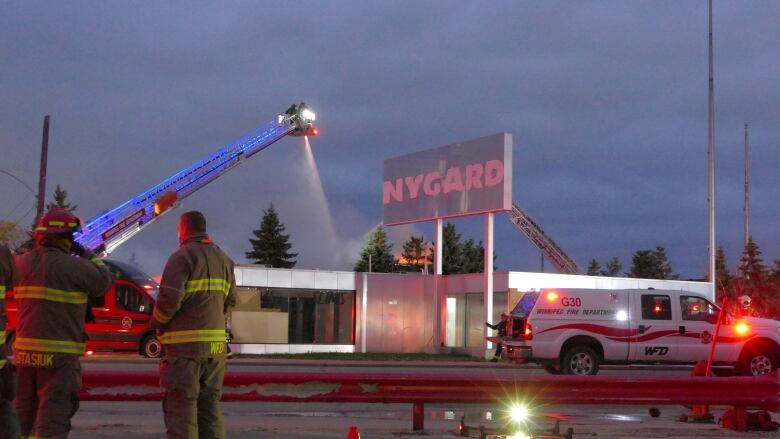Tensile roof membrane structures are becoming more and more popular around the world. These structures offer a number of advantages over traditional construction methods, including cost savings, faster installation times, and reduced environmental impact.
Tensile roof membrane structures are made from a variety of materials, including PVC, Teflon-coated fiberglass, and Kevlar. Each material has its own advantages and disadvantages, so it’s important to choose the right one for your project.
PVC is the most popular choice for tensile roof membrane structures. It’s strong, durable, and easy to work with. However, it’s also the most expensive option.
Advantages of Tensile Membrane Structures
Tensile membrane structures have many advantages over traditional building materials. They are lightweight, easy to install, and can be used for a variety of applications. Membrane structures are also very versatile, and can be adapted to meet the needs of any project.
Tensile membrane structures are also very strong and durable. They can withstand high winds and heavy snow loads, and are resistant to fire and earthquakes. Membrane structures are also environmentally friendly, as they do not produce any toxic emissions.
Overall, tensile membrane structures offer a number of advantages over other types of construction materials. They are lightweight, easy to install, and very versatile. Membrane structures are also strong and durable, and are environmentally friendly. If you are looking for an alternative to traditional construction materials, consider a tensile membrane structure.
Tensile Membrane Building Envelopes
Tensile Membrane Building Envelopes are a green and affordable way to create new building envelope. Tensile membrane buildings use a polymeric film that is stretched over an airtight frame, creating a tensioned fabric that can be used for walls or roofs. The material is low-cost and recyclable, making it an ideal insulation option for eco-friendly buildings.
Tensile Membrane Building Envelopes have many advantages over traditional methods of construction, such as being much lighter in weight and easier to install. The fabric is also permeable, allowing for natural ventilation and cooling of the building. In addition, the membrane can be printed with images or patterns, making it an aesthetically pleasing option for construction.
Varieties
Tensile Membrane Structures are an important part of the engineering world because they span over large distances and have a high load-bearing capacity. They can be used to cover fields, buildings, or even create tunnels.
There are three main types:
- Prestressed membrane structures
- Tensioned membrane structures
- Suspended membrane structures
Prestressed membrane structures are the strongest type of tensioned membrane structure. They have cables or rods that are used to support the structure and are put under tension before the membrane is installed. This type of structure is used when span length is important and wind loads need to be minimized.
Tensioned membrane structures are not as strong as prestressed membrane structures, but they are more flexible. They are typically made out of fabric or metal and have cables or rods that support the structure.
Conclusion – Tensile Roof Membrane Structures
There are many different types and shapes of tensile membrane structures. The most popular type is the PVC tensioned membrane structure, which is strong, durable, and easy to work with.
However, it is important to choose the right type of tensile membrane structure for your project based on your needs and budget. Tensile roof membrane structures offer a number of advantages over traditional construction materials, and can be adapted to meet the needs of any project. If you are looking for an alternative to traditional construction materials, consider a tensile roof membrane structure.











